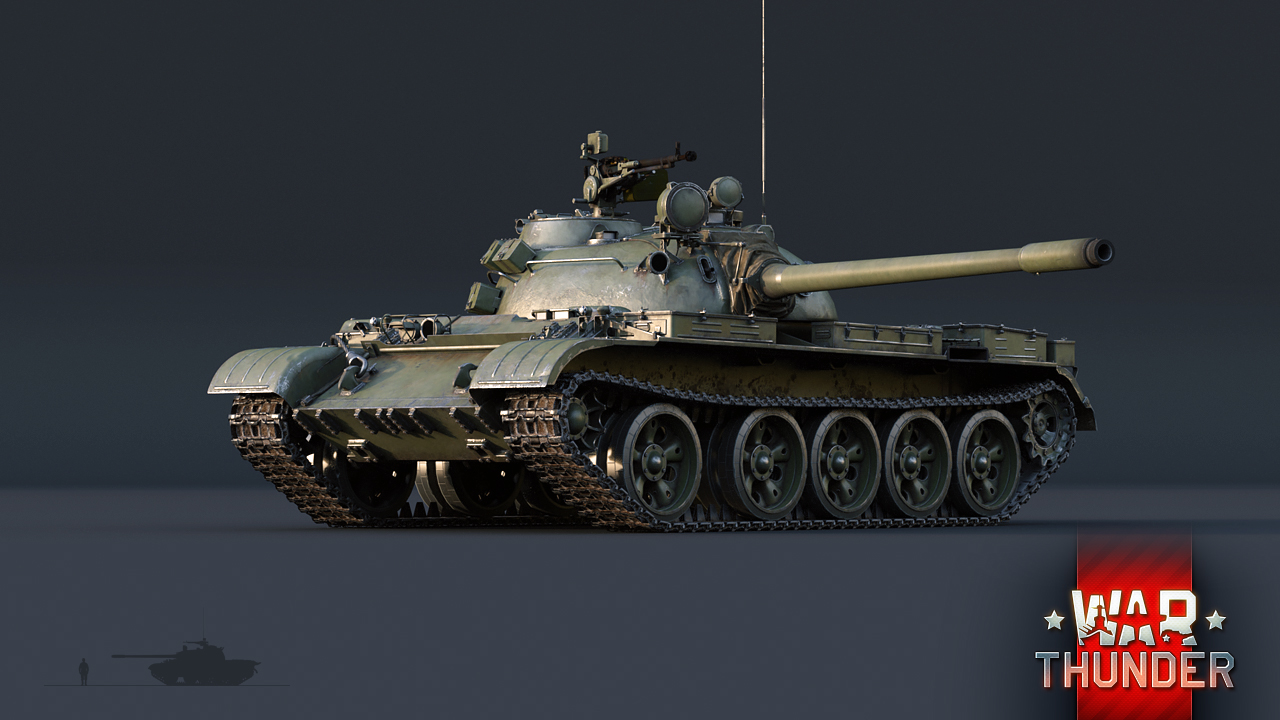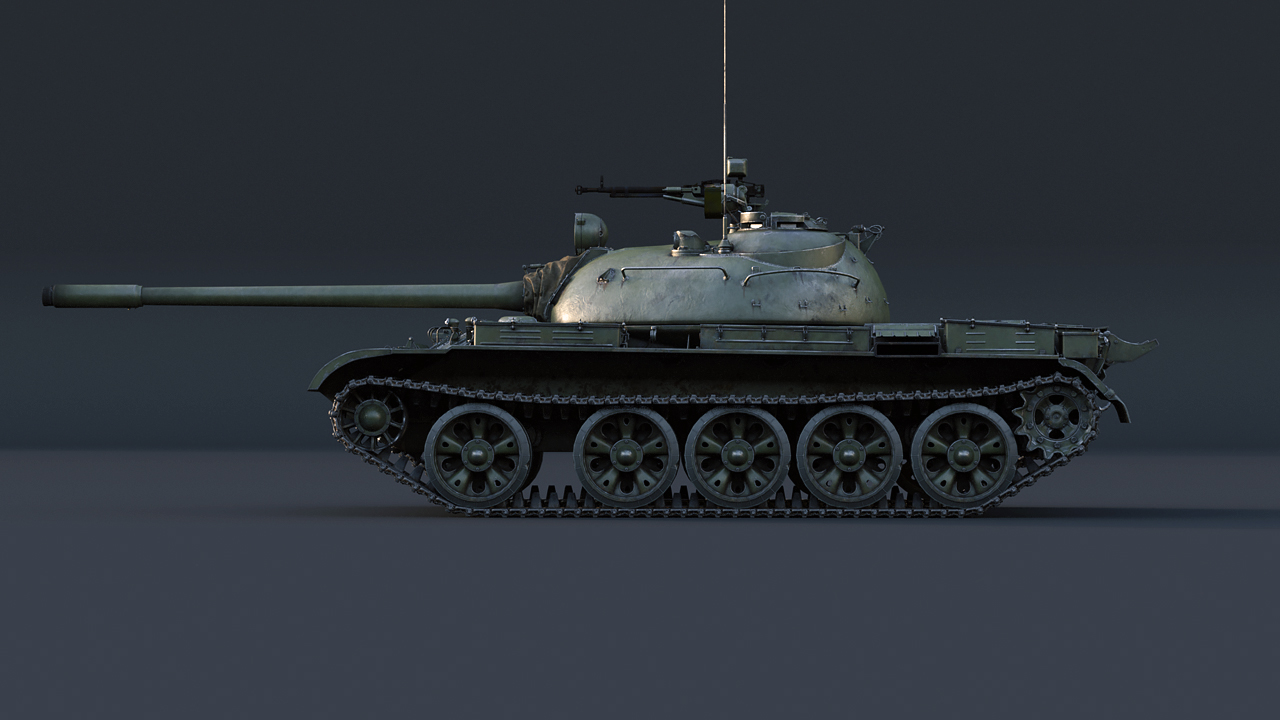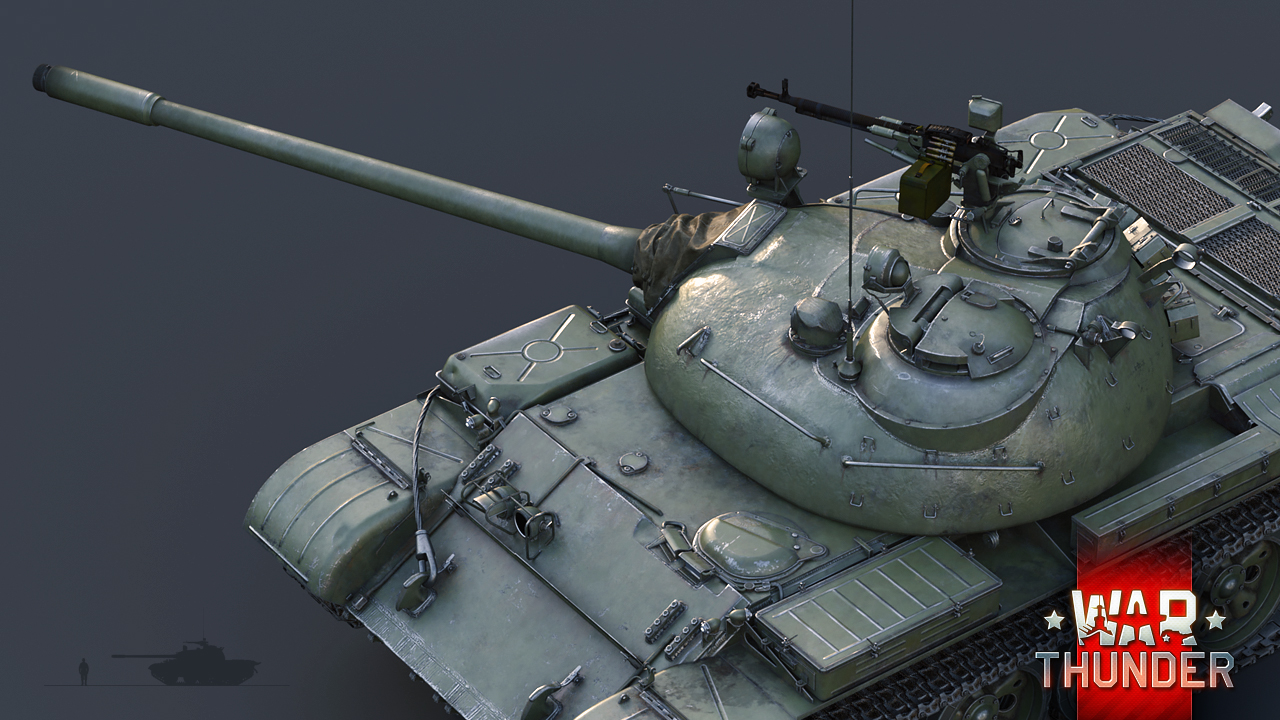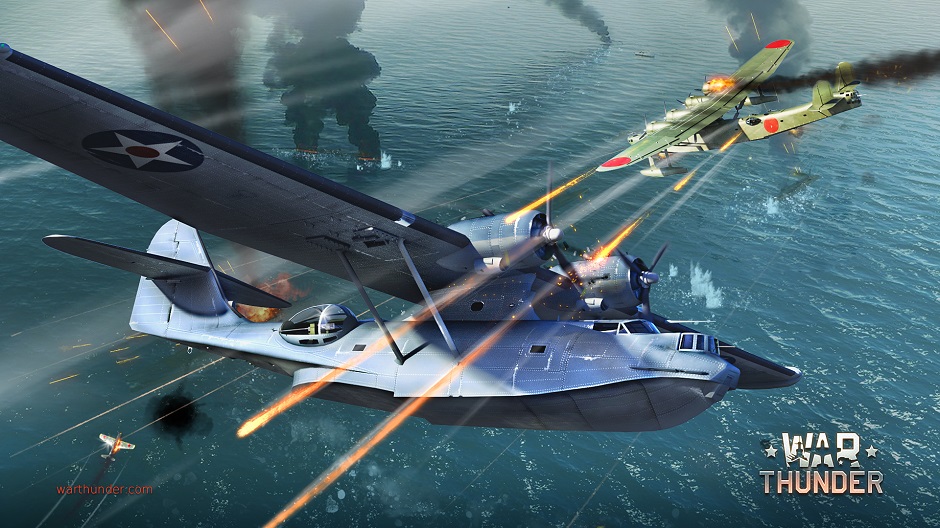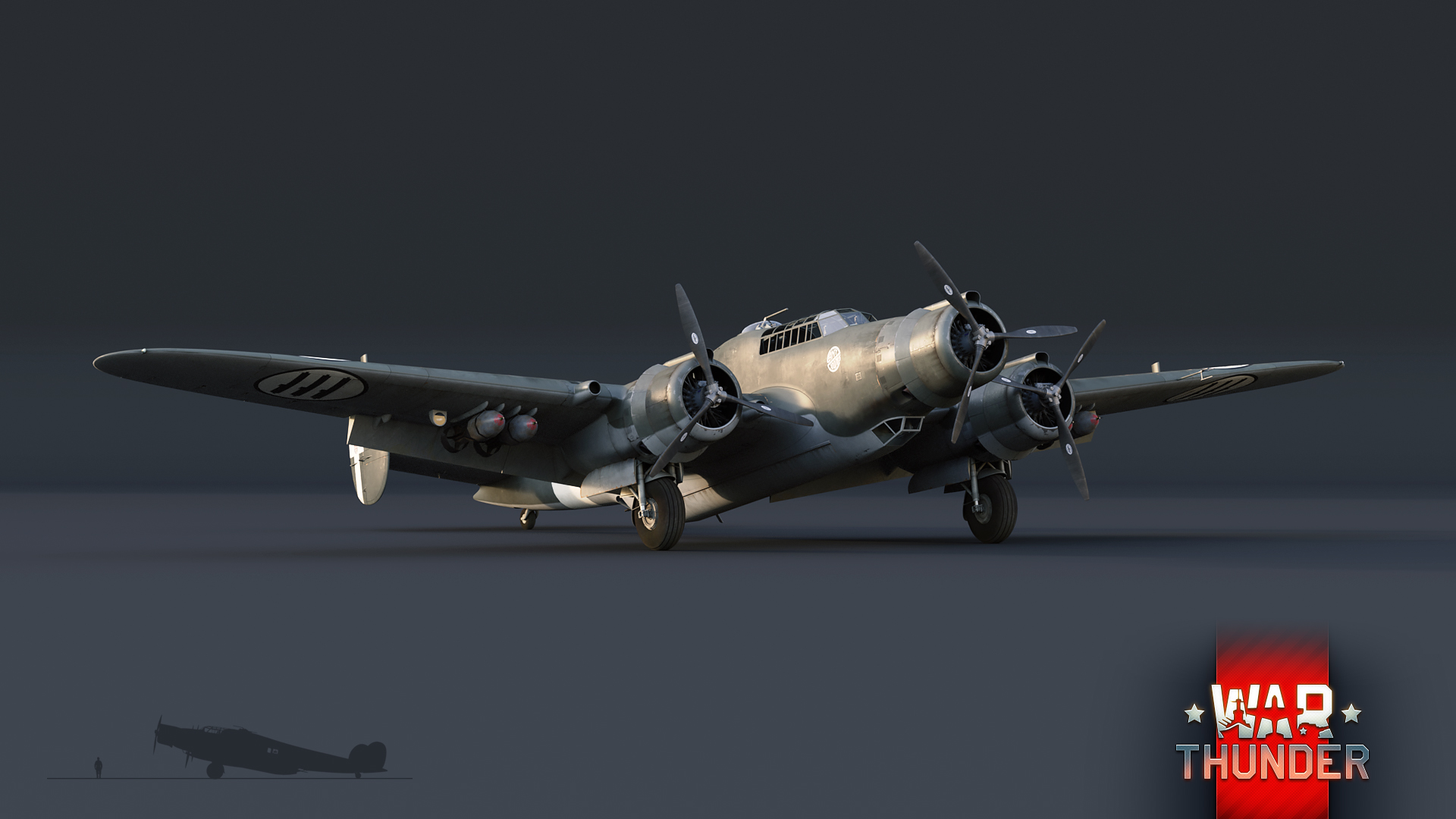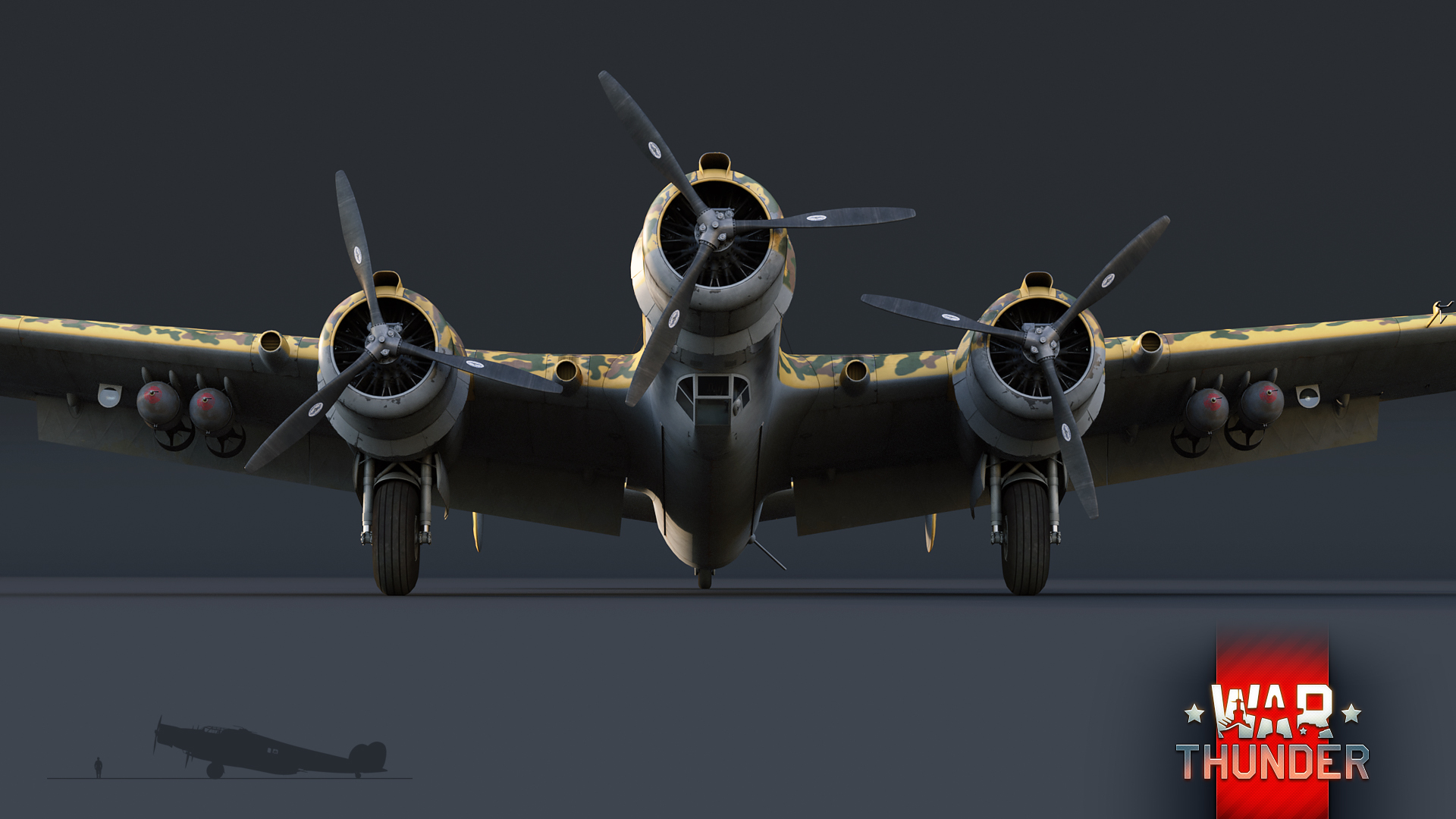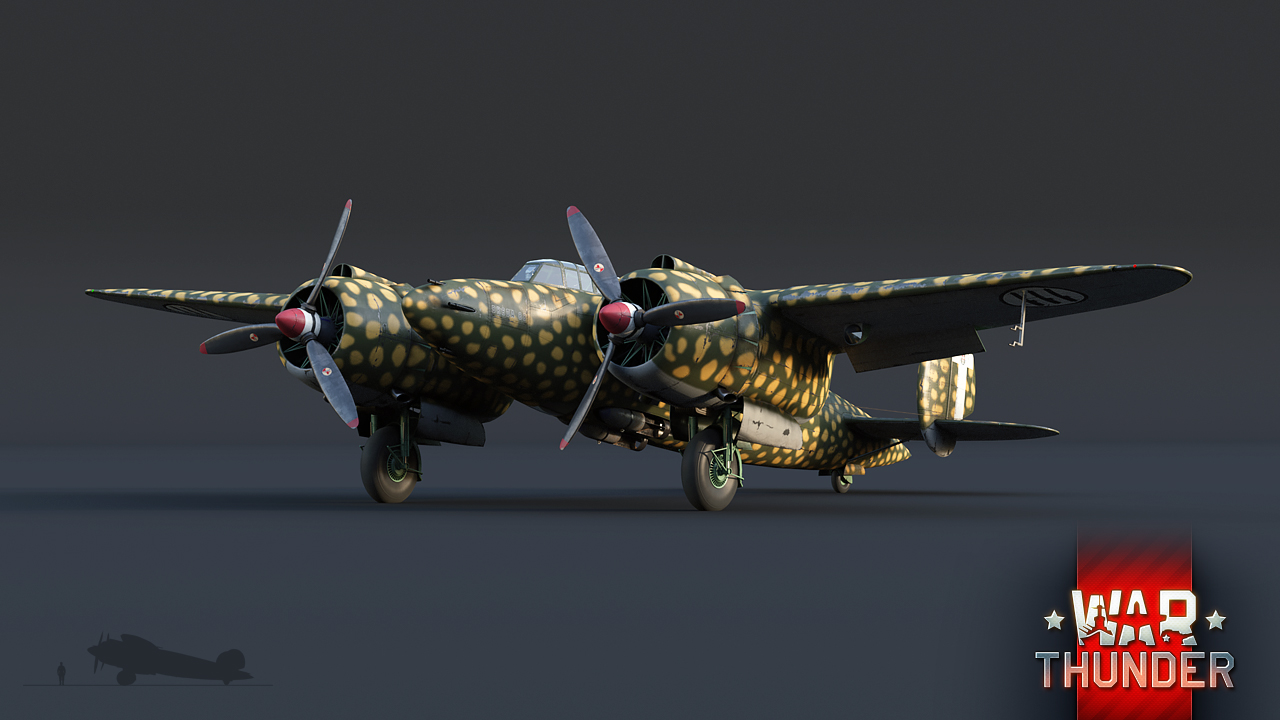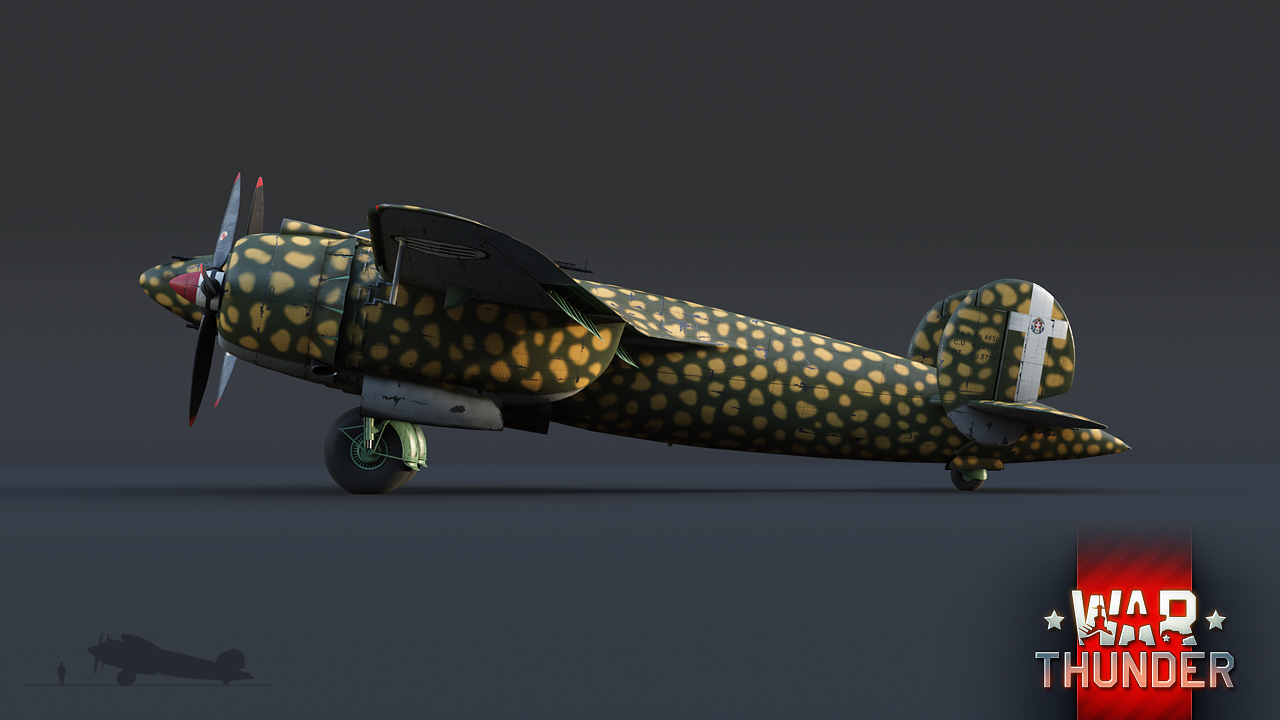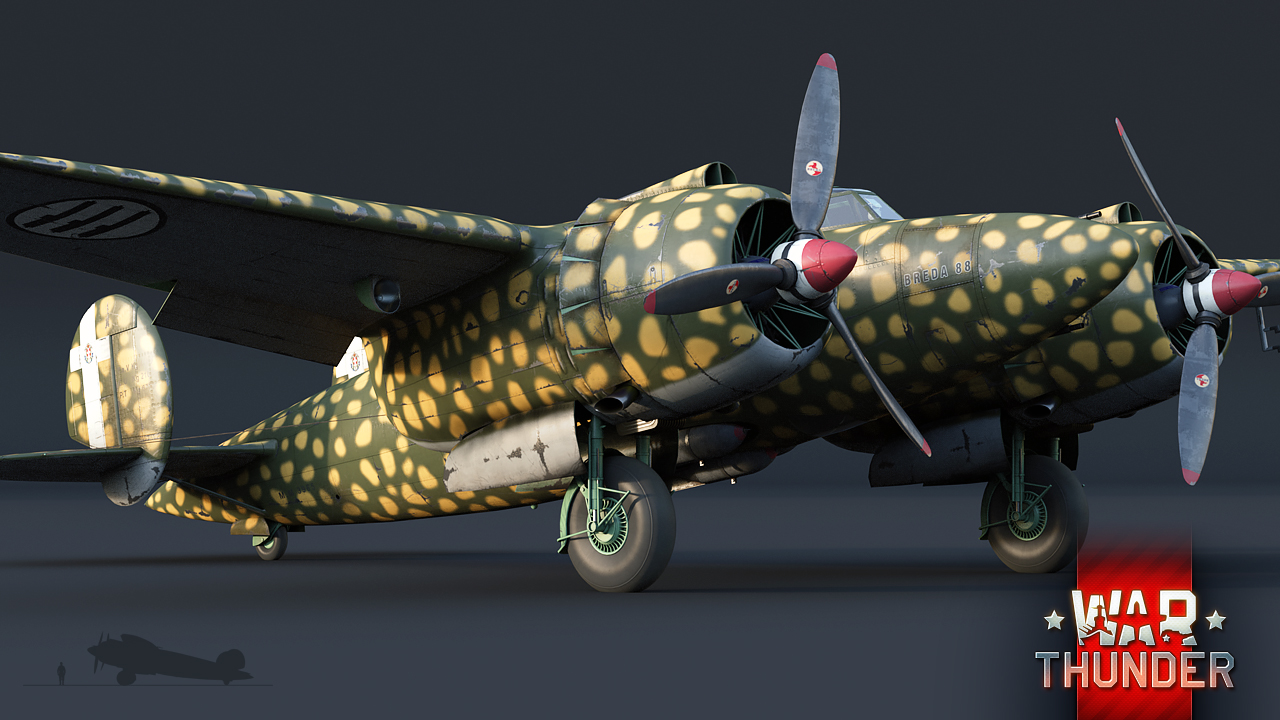
May 16, 2017
War Thunder - TheShaolinMonk
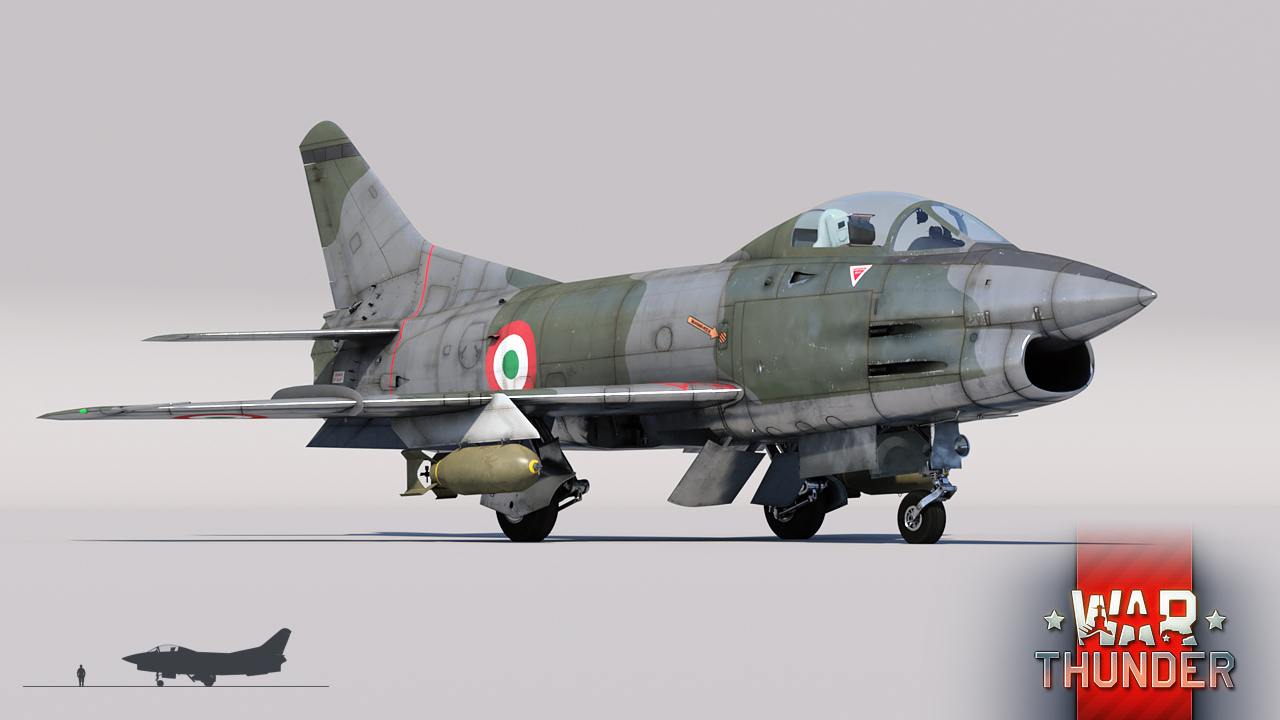
Fiat Aeritalia G.91 (codename “Gina”) was Italian light fighter-bomber aircraft produced as an outcome of the NBMR-1 NATO program to develop a light, small, inexpensive, tactical strike fighter capable of carrying both conventional or tactical nuclear weapons from unpaved airfields with simple maintenance requirements and minimal ground support.
The pre-production variant of the Gina was outfitted with the Bristol Orpheus Mk.801 engine delivering up to 2,200 kg of thrust, giving it maximum speed of 1,080 km/h at 1,520 metres and initial climb ratio of 30 metres per second. The aircraft was only 10 metres long with the take off weight of around 4,700 kg, making it one of the smallest post-war jet fighters in the game. The armament of the G.91 consisted of 4x forward facing Browning M3 12.7 mm machine guns mounted in panels on each side of the fuselage. Additionally it could be outfitted with several pods containing 38 rockets or two 500 lbs bombs.
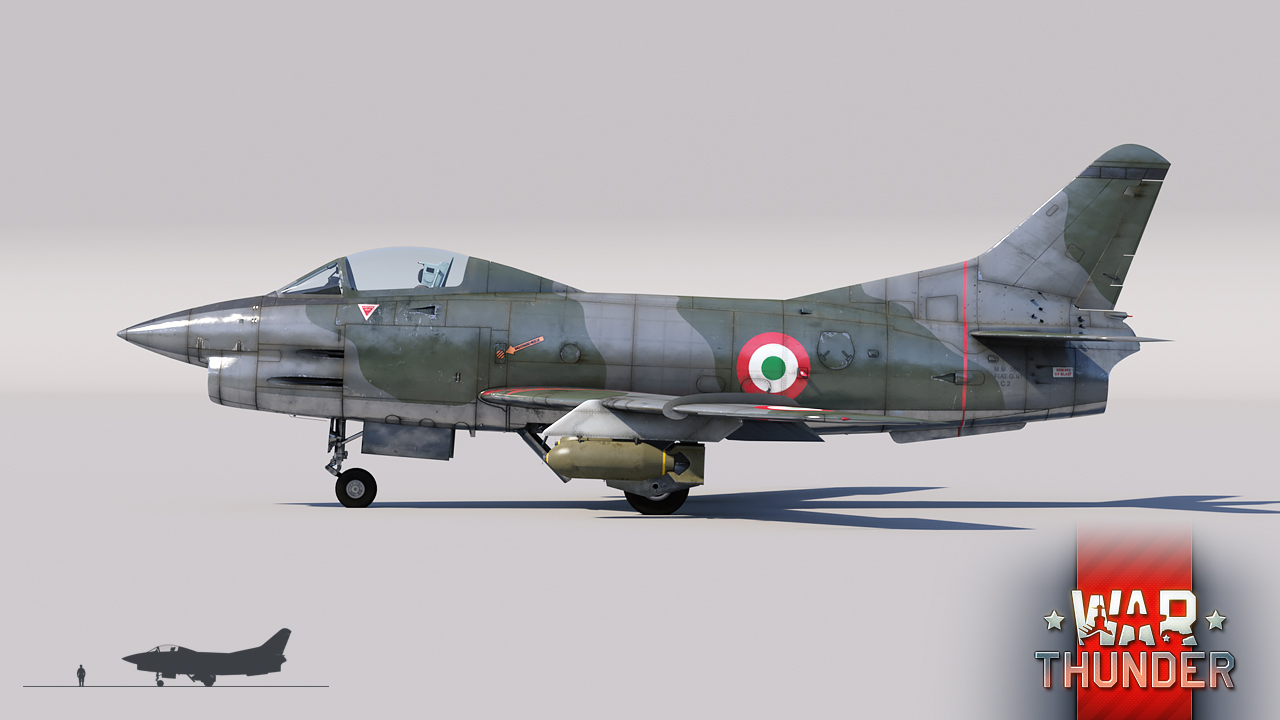
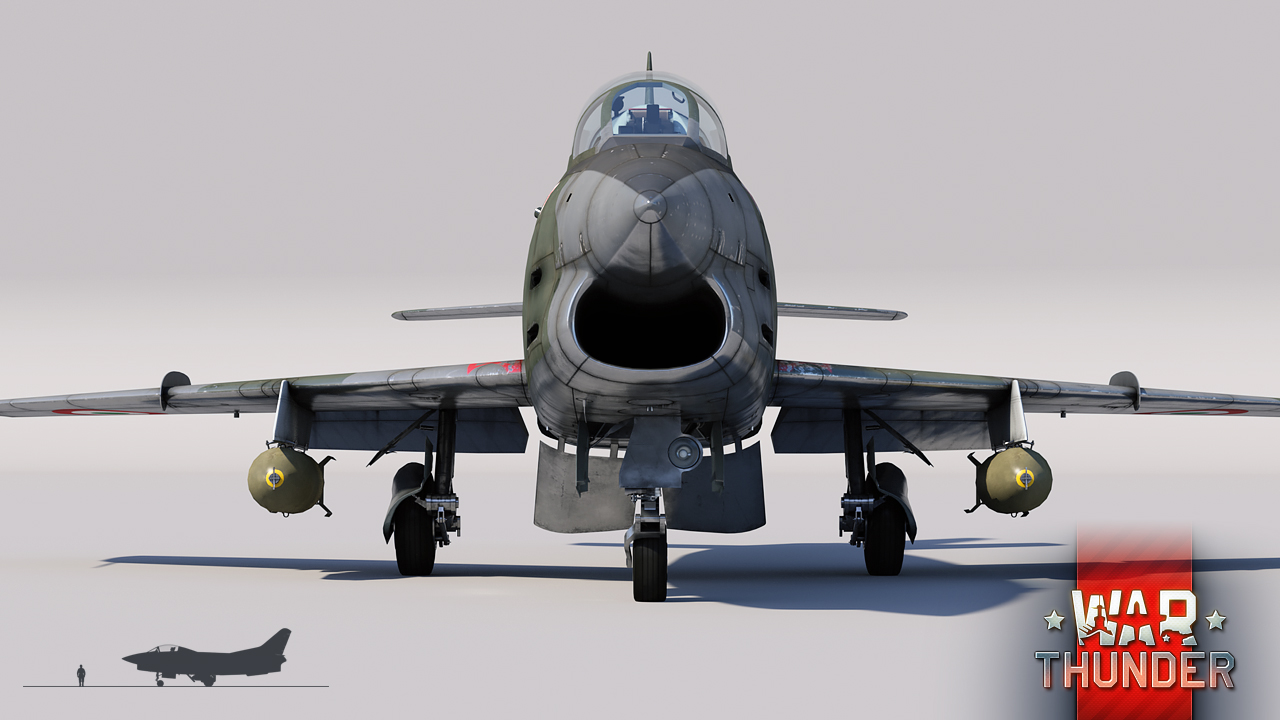
Will it be able to keep up with others and claim its respectable place in the skies of War Thunder? Fans of the Italian tech tree rejoice - you will be able to find out very soon! Make sure to leave a comment, because this one... is truly worth commenting.
For more information, read the full Dev Blog article on the Official War Thunder Forums!




